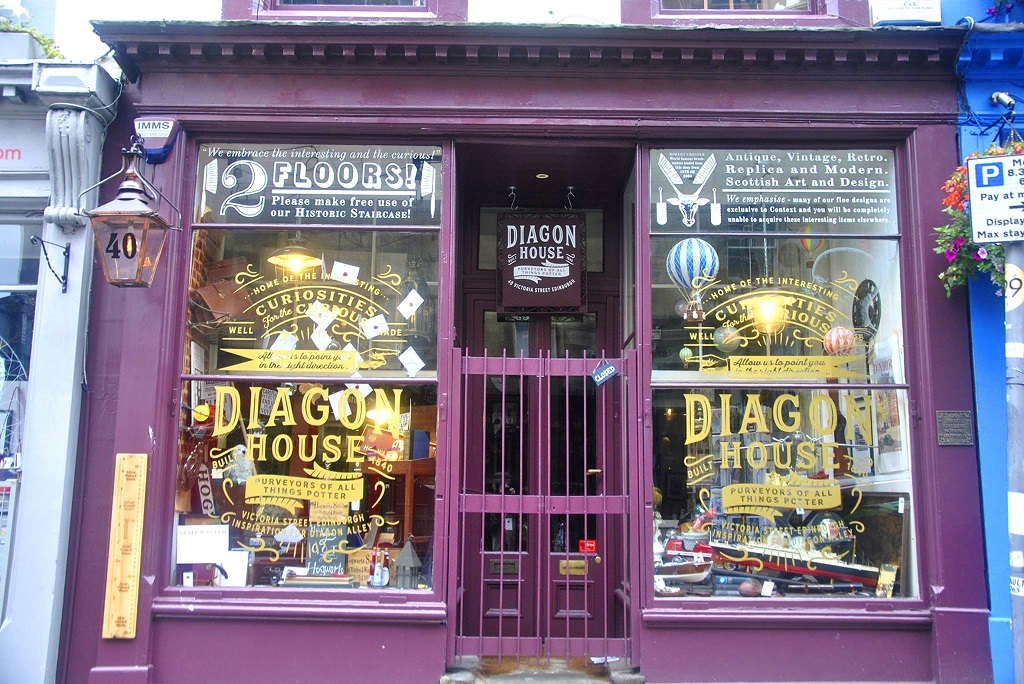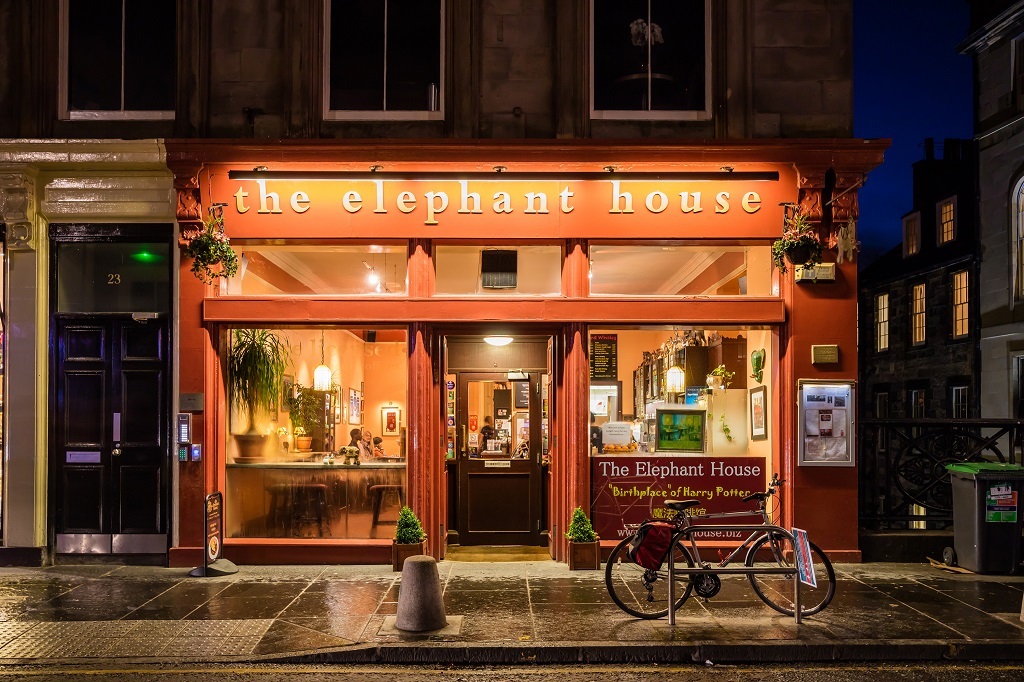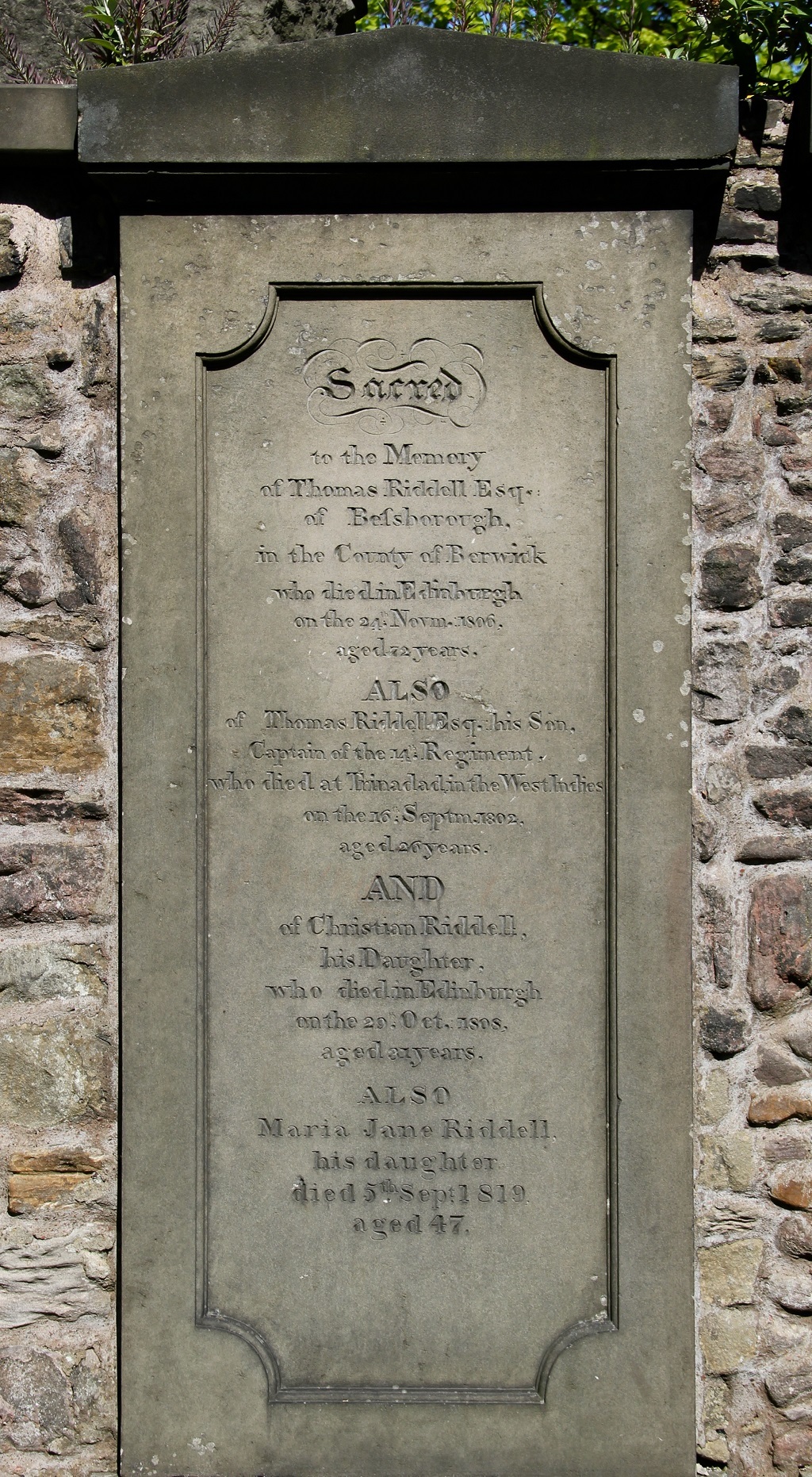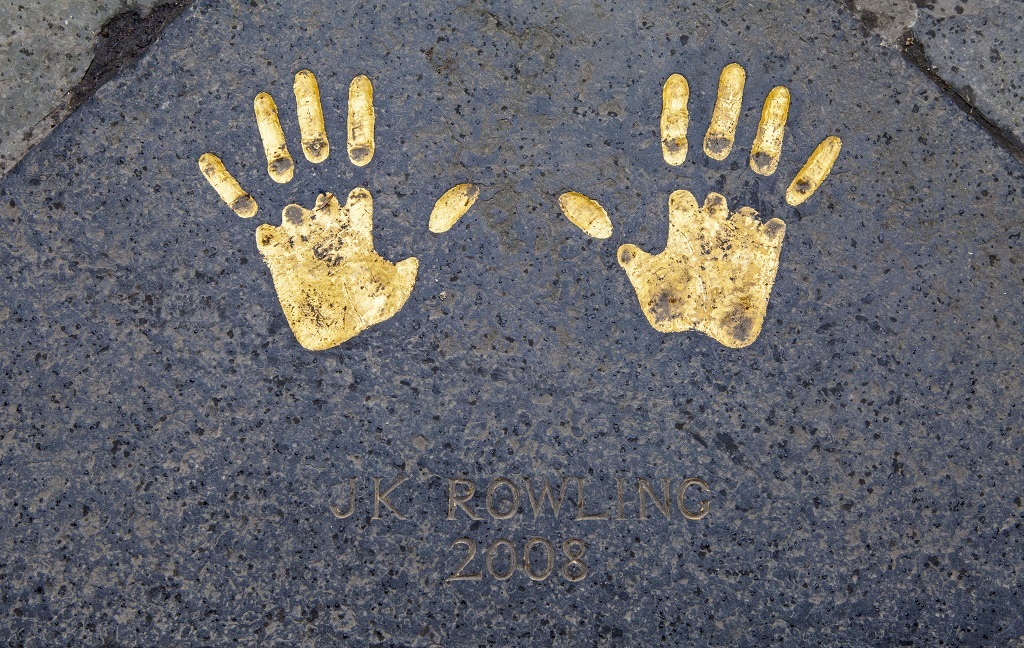It’s been 21 years since Harry Potter and the Philosopher’s Stone first hit bookshelves across the country but the magic of the award-winning series is as alive as ever, and perhaps no more so than in Edinburgh.
A castle on the hill, a handful of grand boarding schools, cobbled streets and tales of witches and wizards that span centuries; it’s easy to see why Potter fans claim Edinburgh acted as the inspiration for much of the series.
Fans of the boy wizard have been making Edinburgh their place of pilgrimage for years, visiting a number of landmarks said to have inspired the books’ writer JK Rowling and played a part in bringing the magic of Harry Potter to life.
Having moved to the city in the mid 1990s, author Joanne Rowling famously finished writing the first book in the series, Harry Potter and the Philosopher’s Stone, at various cafes in the city’s Old Town.
The Elephant House on George IV Bridge proclaims itself to be the ‘Birthplace of Harry Potter’ on their window signage; perhaps a bit of a stretch given that Rowling has famously said the idea came to her whilst delayed on a train from Manchester to London King’s Cross. However, Rowling did write in the coffee shop which overlooks the imposing Edinburgh Castle.

Wizard-themed shop Diagon House
Another place Rowling use to get her caffeine fix when writing the early Harry Potter novels was located on Nicolson Street. Now called Spoon, in the days of Rowling’s visits it was known as Nicolson’s cafe and, despite the change in ownership and name, Potter fans and wannabe writers still descend to this cosy spot to relax and hope for a little bit of the Harry Potter magic to rub off on them.
More recent sites on the list of any true wizarding fan is the newly opened wizard-themed shop on Victoria Street. Diagon House, purveyors of all things Potter, is located on the colourful street rumoured to be the inspiration for the wizarding street Diagon Alley. Close by The Museum on the Mound, located in the old Bank of Scotland building, is said to have inspired Rowling to create the goblin-run Gringotts Wizarding Bank.

The Elephant House on George IV Bridge
A Potter-themed trip around Edinburgh must include a visit to Greyfriar’s Kirkyard. The graveyard is the final resting place for many former city residents although, according to legend, many don’t seem to do that much resting.
The infamous MacKenzie Poltergeist, the reported ghost of George ‘Bluidy’ MacKenzie who was a judge who oversaw the witch trials in the city, is said to haunt his tomb causing chaos when unsuspecting visitors enter. The tales of ongoing tomfoolery are not dissimilar to the shenanigans of Hogwart’s very own mischief maker, Peeves the poltergeist.
Keen Potter fans will be able to spot a different sinister name etched into a grave stone. One headstone reads Thomas Riddell who died in 1806 with fans speculating that this may have inspired the name for villain Tom Riddle, better known as Lord Voldemort. Close by is also a plaque in memory of poet William McGonagall who died in 1877, inspiration perhaps for the Head of Gryffindor, Minerva McGonagall.

Thomas Riddell’s gravestone in Greyfriars Kirkyard
For fans looking for concrete proof of JK Rowling’s presence in Edinburgh location this is exactly where they need to look; down. The famed author’s golden handprints are engraved in Caithness stone within the grounds of the Edinburgh City Chambers. The handprints were cast when the author won the Edinburgh Award in 2008 to honour her as an outstanding individual who has made a positive impact on the city and gained national and international recognition for Edinburgh.
Inspiration for the wizarding world was also taken from The National Museum of Scotland’s Lewis Chessmen, a medieval chess set dating from the 12th or 13th century which were discovered on the Hebridean island of Lewis. An exact replica of the chess set was used in the film version of Harry Potter and The Philosopher’s Stone during a game of wizarding chess between Harry and Ron.

JK Rowling’s golden handprints are engraved in Caithness stone within the grounds of the Edinburgh City Chambers
Visiting fans can end their adventure when Rowling ended Harry’s. Whilst coffee shops populated by students were where Rowling wrote the first few Harry Potter books, the setting for the completion of the final book, Harry Potter and the Deathly Hallows, was rather more luxurious; the Grand Suite at the Balmoral Hotel.
To celebrate the completion of the series she signed a marble bust in the room which guests can still see today, although it is now safely in a glass case. A brass plaque on the door has been added and the door knocker has been replaced with a brass owl. To see where it all ended, expect to pay a premium; prices for the JK Rowling suite start at around £1000 per night.
TAGS

